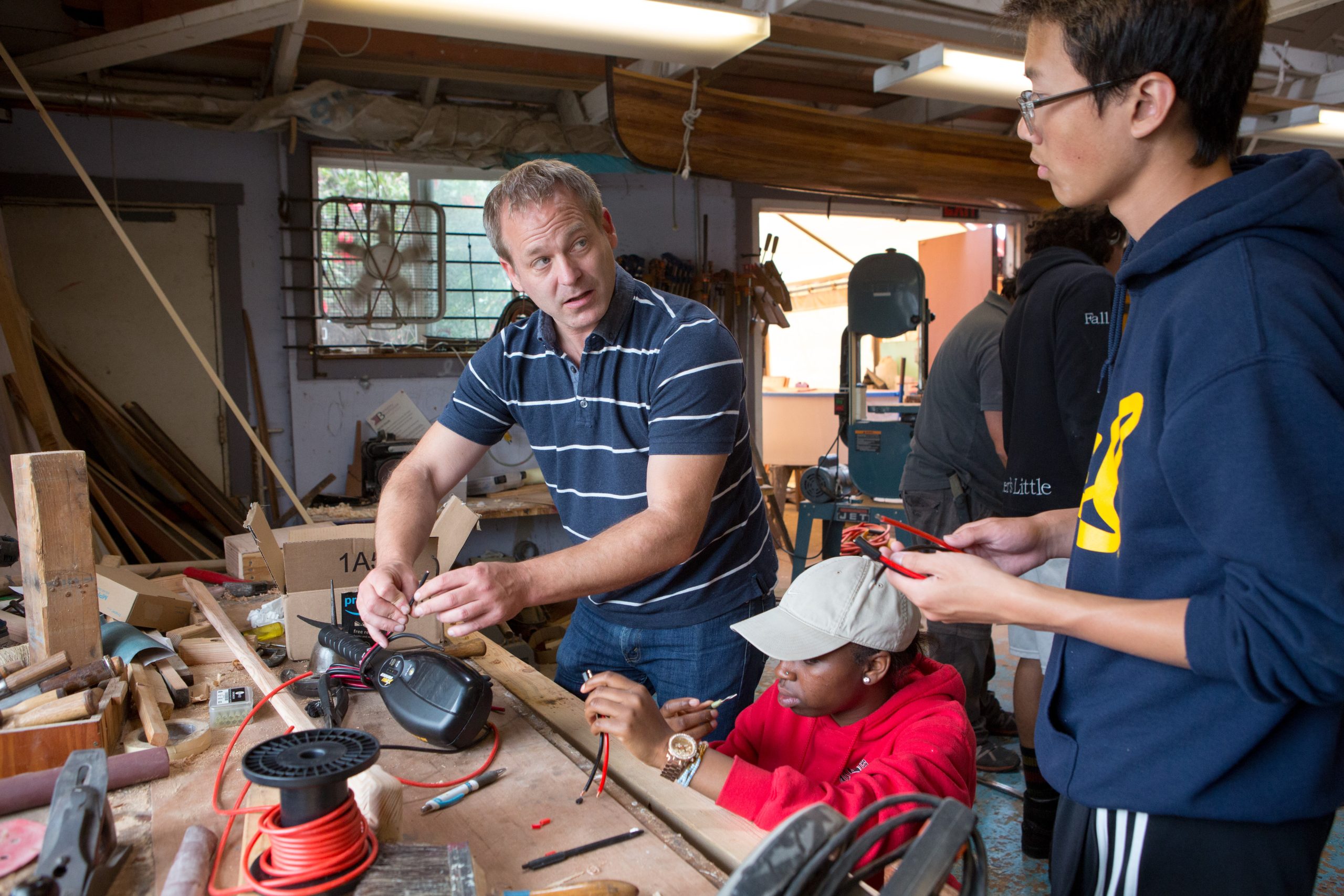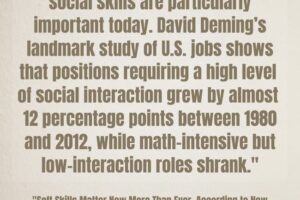
NAEP scores show we need new approaches, more resources and all hands on deck to address underlying education problems
America’s future is not made in factories or innovation labs — it’s forged in classrooms. We can’t bring good jobs back to U.S. shores if we don’t first educate a workforce capable of doing them. The latest National Assessment of Educational Progress, or NAEP, known as the Nation’s Report Card, paints a grim picture, with test scores down since 2019 for eighth graders in science and 12th graders in math and reading.
The lowest-performing learners lost the most ground, leaving large percentages of students unable to perform the strong academic work required for postsecondary life. Only about 1 in 5 high school seniors scored at the NAEP Proficient level in math. That puts them at a terrible disadvantage since STEM positions make up a growing percentage of the workforce. Nearly half were working below even the NAEP Basic level, meaning they likely don’t know how to use percentages to solve real-world problems.
This isn’t the first bad report card we’ve seen since the pandemic upended learning five years ago, but progress in American education has generally been stalled for at least a decade. Leaders at every level need to stop using the pandemic as an excuse and start looking for solutions. There have been times in the past when Republicans and Democrats have come together around education. While that may be difficult to do today, it’s needed more than ever.
Related: A lot goes on in classrooms from kindergarten to high school. Keep up with our free weekly newsletter on K-12 education.
We need new approaches, more resources and all hands on deck to help students develop the knowledge and skills to thrive in an increasingly complicated world. The teens who took the 12th grade tests are now out of school. They’re facing a workforce disrupted by AI and demanding more from them — not less. Even young people who opt not to go to college, such as those looking to work in manufacturing, for example, need more advanced STEM and literacy skills than in the past.
There are some areas of educational progress around the country we can learn from. For example, Indiana is remaking the American high school experience to personalize it and connect it to the world of work, while Rhode Island is reinvigorating career and technical education to embed it with more rigor and ensure it provides an on-ramp to an array of postsecondary options, including college.
We can also expand on the reforms that are taking root in elementary education. An emphasis on the research behind teaching children to read, sometimes referred to as the science of reading, is effective. And states like Mississippi and Louisiana, leaders in this movement, have seen strong literacy gains. We can apply that kind of evidence-based approach across K-12 subjects and grades.
It’s also vital to listen to what students are saying. Fortunately, the Nation’s Report Card can help with this.
Survey data accompanying the eighth grade science assessment suggests that inquiry-based learning is in decline. Fewer students say they’re spending time on things like designing experiments to answer research questions. That kind of instruction helps students build science knowledge and develop key skills like the ability to think critically and to collaborate with peers, exactly the kind of skills that AI can’t replace.
Related: Nation’s Report Card at risk, researchers say
The best instruction has a purpose for learning, explores real-world problems and makes connections to work. Most states have passed science standards that promote this kind of instruction, but more resources are needed to get aligned materials into schools and provide teachers with the training to use them effectively.
Getting kids out of the classroom helps too. I invited elementary school students to my farm in western Massachusetts a few years ago and vividly recall a fourth grader’s aha moment, finally understanding decimals when collecting 2.25 inches of rain in a vial. It was a terrific example of how interdisciplinary science is and how powerful it is in experiential learning settings.
It’s true that science resources, such as lab materials, can be expensive; however, schools can tap into community partners and business leaders for assistance. In Massachusetts, for example, General Electric has helped bring mobile technology labs into schools.
One thing I am grateful for, even amid all this bad education news, is the high-quality data shining a light on the problems we’re facing. There are too many voices today calling for a rollback of testing. That’s a mistake. Obtaining meaningful data, such as that found on the Nation’s Report Card, is crucial. Of course, what we do with it matters even more.
It has been 42 years since American leaders from across political parties and sectors came together to bring attention to “A Nation at Risk,” a landmark report that spurred significant education reforms. And it’s been 36 years since 49 governors came together and defined the state role in K-12 schooling.
After these milestones, the nation saw sustained progress on NAEP. We need that same leadership now.
Republican Jane Swift is a former governor from Massachusetts who serves on the National Assessment Governing Board, which oversees the Nation’s Report Card. She is also the CEO of Education at Work, a nonprofit that connects college students with work-based learning opportunities.
Contact the opinion editor at opinion@hechingerreport.org.
This story about NAEP scores was produced by The Hechinger Report, a nonprofit, independent news organization focused on inequality and innovation in education. Sign up for Hechinger’s weekly newsletter.
Source link



